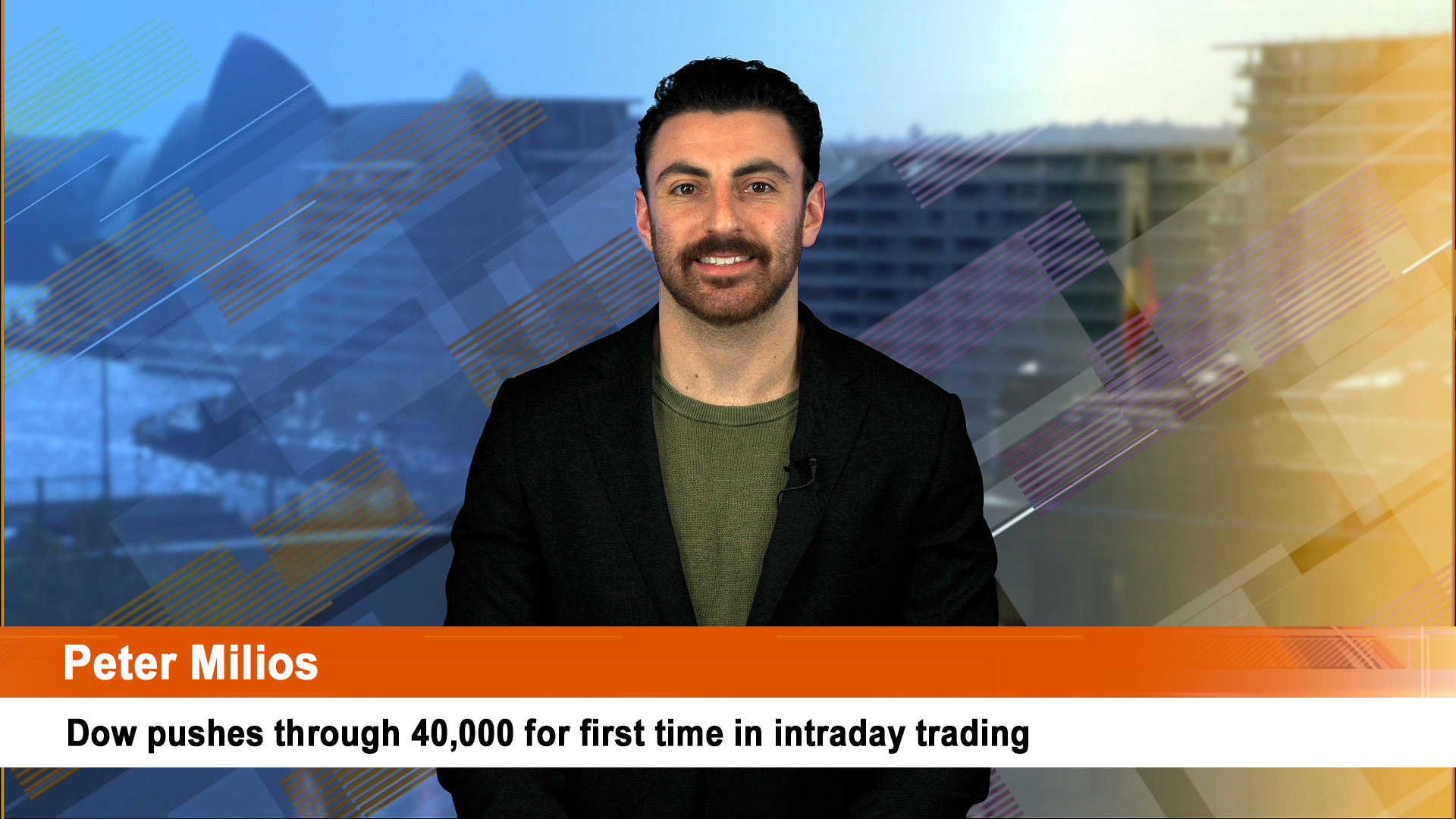The record interim profit and dividend from the Commonwealth Bank last failed to turn sentiment and in this final week of the December 31 reporting season, it will be up to the world’s top two miners to attempt to convince investors that earnings are stronger than they seem.
CBA shares fell 8% last week and dragged down the wider market by more than 1%.
BHP reports its interim results tomorrow and Rio Tinto on Wednesday. Three other companies reporting this week may also have an impact – supermarket retailers Coles Group tomorrow and rival Woolworths on Wednesday.
Friday, Pilbara Minerals reveal a record half year result – but that could very well be as good as it gets with lithium prices sliding in China since January.
Struggling casino operator Star Group will release what should be a terrible result on Thursday that will see the company try to downplay fines, fees and other penalties and claim that underlying operations – in Queensland at least – are doing OK.
Star Group shares fell more than 13% last week to take loss in the past month to 22%. The company’s value on Friday was $1.42 billion, down more than 58% in the past year. Will its market value be less than its bank debt?
Including the companies already mentioned, 80 ASX 200 companies report their results this week.
These include Bendigo Bank, Northern Star resources, RWC, A2 Milk, Adairs, Ampol and GPT (full year) and BlueScope (today); Costa Group, Stockland, Iluka, Monadelphous Group, Seek and Tabcorp (Tuesday). Wednesday sees Santos, Scentre, Lovisa, WiseTech Global, Flight Centre and the final full year figures from OZ Minerals. Thursday sees the release of results from Nine Entertainment, Qube, Cleanaway, Bega Cheese, Ramsay Healthcare, Blackmores and Qantas (Thursday). On Friday it’s Mineral Resources, Brambles, Perpetual, Link Administration, Adbri (full year) and Genworth.
AMP chief economist Shane Oliver says consensus earnings expectations for 2022-23 are for growth of 7.7%, but this will be concentrated in energy, industrials, IT and utility stocks.
Aristocrat holds its AGM this week.
On Friday, QBE Insurance reported a 3% rise in full-year net profit, thanks in part to increased premium rates, but offset by higher catastrophe costs from the US and Australia over the year.
QBE (which reports in US dollars) said earnings for the December year were $US770 million compared to $US750 million in 2021.
Full-year revenue rose by 15% to $US23.79 billion.
QBE’s adjusted combined operating ratio, a measure of underwriting profitability comparing premiums with losses and expenses, improved to 93.7% from 95.0% in the prior year, while its gross written premium rose to $A20.05 billion on an adjusted basis.
“In a backdrop underscored by heightened inflation, geopolitical tensions and elevated catastrophe activity, QBE’s underwriting performance demonstrated improved resilience,” the company told investors.
QBE said catastrophe costs were underscored by Hurricane Ian in the Florida and nearby area of the US, flooding in Australia and an allowance for Russia’s invasion of Ukraine.
QBE directors declared a final dividend of 30 Australian cents a share per share, up from 19 Australian cents per share in 2021. That took the full year dividend to 39 A cents from 30 cents in 2021.
QBE shares rose more than 7% on Friday to $14.39. The shares are up 10% year to date.
…………
In the US the earnings season is coming to an end with a big test this week from major retailers. Walmart leads the way, with support from Home Depot, L Brands, TJX Cos and Dillard’s, the department store group.
Just over 70% of S&P 500 companies have reported their December quarter earnings.
According to Dr Oliver, 70% of results have come in better than expected which is below the norm of 76%. Consensus earnings expectations are for growth fall of around 2% for the quarter.
Energy and industrials are seeing the strongest earnings growth, but discretionary and material stocks have seen the strongest upside surprise. Non-US earnings growth is faster at +4.1%.
Walmart’s results Tuesday evening, Sydney time (Tuesday morning US time) are forecast to reveal a $US7 billion rise in sales for the fourth-quarter ended January 31, which would be a solid rise of around 4.5%.
But much of that will be due to inflation and the two key points to watch for are the rise (if any) in volumes and what Walmart has done to keep stocks under control after problems in mid-2022 with inventories.
Wall Street analysts are focused on how Walmart has resisted supplier price hikes in the quarter.
“The key will be anything the retailer says about price investments,” UBS analysts wrote in a pre-earnings note last week. (That is taking price rises and not passing them on to customers.)
“There’s a good chance that the company will say that it is bringing down some prices on general merchandise given the state of the consumer and the decline in certain costs like shipping.”
In December, Walmart CEO Doug McMillon said “we do not like” that some suppliers were hinting at raising prices further in 2023. He warned that Walmart would allocate space to its private and tertiary brands if prices got too high.
Some of Walmart’s biggest suppliers, including Nestle, Coca-Cola Co, Procter & Gamble and Unilever have said in their quarterly reports in recent weeks that they plan to make more price hikes this year.
In contrast, Kraft Heinz and PepsiCo have said they will pause further price hikes to counteract declining volumes, but their product prices are still substantially much higher than a year earlier.
Still, Wall Street expects Walmart sales and revenue to rise in 2023 as its shipping and logistics costs slow, even as labour rise with higher wages and benefits.













